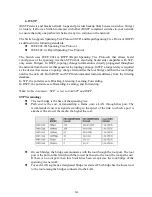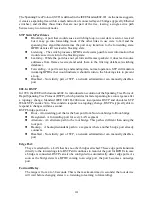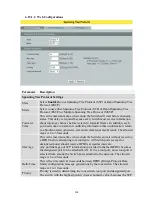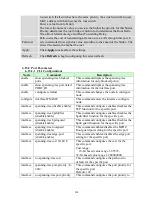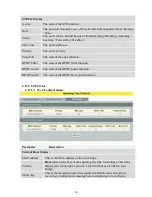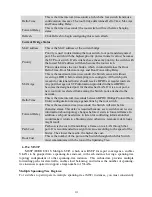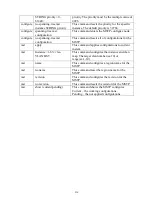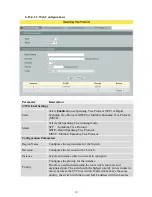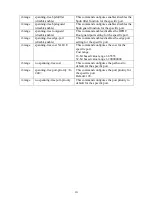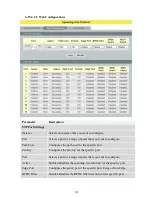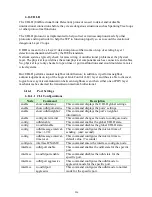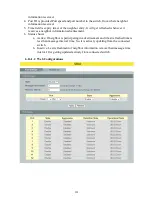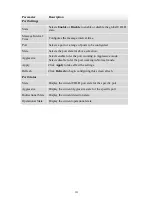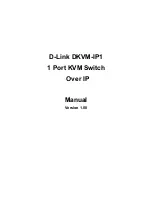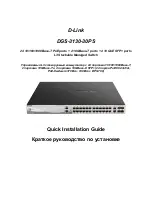
214
configure the switches with the same MST configuration information. A collection of
interconnected switches that have the same MST configuration comprises an MST region. The
MST configuration determines to which MST region each switch belongs. The configuration
includes the name of the region, the revision number, and the MST instance-to-VLAN
assignment map. You configure the switch for a region by using the spanning-tree mst
configuration global configuration command, after which the switch enters the MST
configuration mode. From this mode, you can map VLANs to an MST instance by using the
instance MST configuration command, specify the region name by using the name MST
configuration command, and set the revision number by using the revision MST configuration
command.
A region can have one member or multiple members with the same MST configuration; each
member must be capable of processing RSTP BPDUs. There is no limit to the number of MST
regions in a network, but each region can support up to 16 spanning-tree instances. You can
assign a VLAN to only one spanning-tree instance at a time.
Boundary Ports
A boundary port is a port that connects an MST region to a single spanning-tree region running
RSTP, or to a single spanning-tree region running 802.1D, or to another MST region with a
different MST configuration. A boundary port also connects to a LAN, the designated switch of
which is either a single spanning-tree switch or a switch with a different MST configuration.
At the boundary, the roles of the MST ports do not matter, and their state is forced to be the same
as the IST port state (MST ports at the boundary are in the forwarding state only when the IST
port is forwarding). An IST port at the boundary can have any port role except a backup port role.
On a shared boundary link, the MST ports wait in the blocking state for the forward-delay time
to expire before transitioning to the learning state. The MST ports wait another forward-delay
time before transitioning to the forwarding state.
•
If the boundary port is on a point-to-point link and it is the IST root port, the MST ports
transition to the forwarding state as soon as the IST port transitions to the forwarding
state.
•
If the IST port is a designated port on a point-to-point link and if the IST port transitions
to the forwarding state because of an agreement received from its peer port, the MST
ports also immediately transition to the forwarding state.
•
If a boundary port transitions to the forwarding state in an IST instance, it is forwarding
in all MST instances, and a topology change is triggered. If a boundary port with the IST
root or designated port role receives a topology change notice external to the MST cloud,
the MSTP switch triggers a topology change in the IST instance and in all the MST
instances active on that port.
Interoperability with 802.1D STP:
A switch running MSTP supports a built-in protocol migration mechanism that enables it to
interoperate with legacy 802.1D switches. If this switch receives a legacy 802.1D configuration
BPDU (a BPDU with the protocol version set to 0), it sends only 802.1D BPDUs on that port.
An MSTP switch can also detect that a port is at the boundary of a region when it receives a
legacy BPDU, an MSTP BPDU (version 3) associated with a different region, or an RSTP BPDU
Summary of Contents for NGI-M08C4POE8-2
Page 1: ......
Page 197: ...197 Clear Clear the statistics of the valn ...
Page 298: ...298 9 2 2 Web Configurations ...




